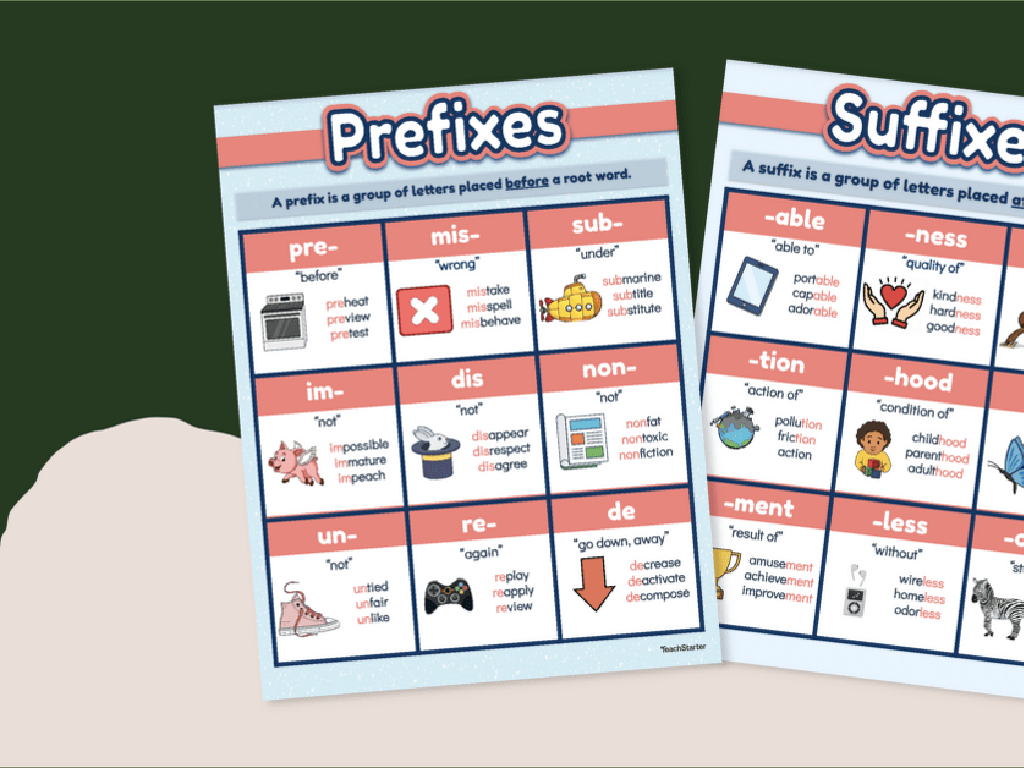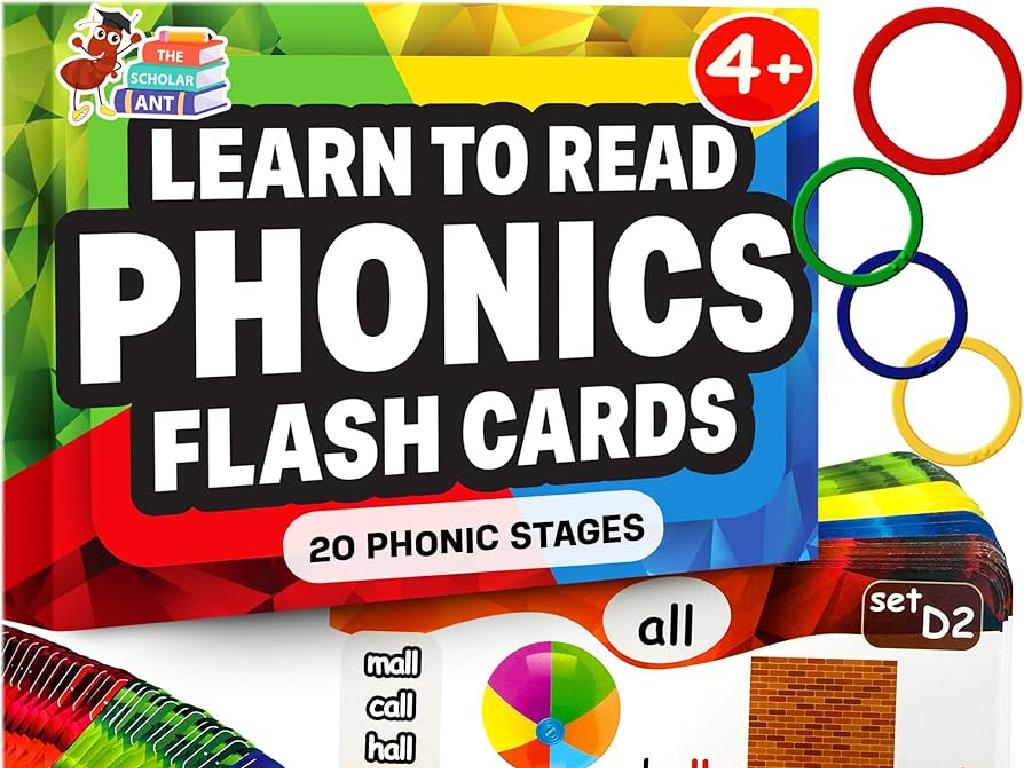Evaluate Multiple Design Solutions To Prevent Flooding
Subject: Science
Grade: Fourth grade
Topic: Astronomy
Please LOG IN to download the presentation. Access is available to registered users only.
View More Content
Understanding Flooding and Prevention
– What is flooding?
– Flooding is when water covers land not usually submerged.
– Effects on environment & communities
– Floods can destroy homes and habitats, and pollute water.
– Why prevent floods?
– To protect people, animals, and buildings from damage.
– Exploring prevention solutions
|
Begin the presentation by explaining flooding as an overflow of water onto land that is normally dry. Discuss how heavy rain, melting snow, or dam failure can lead to flooding. Highlight the negative impacts of flooding, such as damage to homes, loss of wildlife habitats, and contamination of drinking water. Emphasize the importance of flood prevention to safeguard communities and the environment. Introduce the concept of evaluating different design solutions to prevent flooding, setting the stage for further discussion on the topic. Encourage students to think about how these solutions could be implemented in their own community or in areas known to experience frequent flooding.
Understanding Flooding: Causes and Prevention
– Natural causes of floods
– Heavy rains, storms, melting snow can lead to floods.
– Human-induced flooding
– Poor land use, deforestation, blocked drains cause floods.
– Examples of flood causes
Examples: Overflowing rivers from rain, or floods from clogged city drains.
– Preventing flood damage
|
This slide aims to educate fourth-grade students on the various causes of flooding, both natural and human-made. Emphasize that natural causes include weather events like heavy rainfall, hurricanes, and rapid snowmelt, which can lead to rivers overflowing. Human causes involve activities such as cutting down too many trees (deforestation), which can reduce the land’s ability to absorb water, and poor urban planning, which can lead to inadequate drainage systems. Show real-world examples, such as a flooded street due to a blocked storm drain, or a town near a river that has flooded after heavy rain. Discuss with students how these situations could be prevented, such as by planting more trees or designing better drainage systems in cities.
Flood Prevention Design Solutions
– Introduction to flood solutions
– Levees, dams, and floodways are structures built to protect areas from flooding.
– How solutions mitigate flooding
– Levees act as walls, dams control water flow, and floodways redirect excess water.
– Pros and cons of each solution
– Levees can break under pressure, dams affect ecosystems, floodways require extra land.
– Discussing best practices
|
This slide introduces students to various engineering solutions designed to prevent flooding, a common natural disaster. Levees are raised barriers along rivers, dams are barriers that store water, and floodways are channels that divert floodwater. It’s crucial to discuss how these structures can reduce the impact of floods by containing or redirecting water. However, each solution has its drawbacks, such as potential failure during extreme conditions, environmental impacts, and land usage. Encourage students to think critically about the effectiveness and consequences of each solution. The discussion should lead to an understanding that while these structures can significantly reduce the risk of flooding, they also require careful consideration of their long-term effects on communities and the environment.
Evaluating Flood Prevention Designs
– What defines an effective solution?
– Criteria: cost, environment, sustainability
– Low cost, minimal nature harm, long-term use
– Group activity: assess a design
– Use criteria to judge a flood prevention plan
– Discuss findings as a class
– Share your group’s evaluation with the class
|
This slide introduces the concept of evaluating design solutions to prevent flooding, a critical skill in environmental science. Start by discussing what makes a design solution effective, focusing on practicality and efficiency. Introduce the criteria for evaluation: cost-effectiveness, environmental impact, and sustainability. Divide the class into small groups and provide each with a different design solution to evaluate based on these criteria. After the activity, regroup and have a class discussion about the different evaluations. This will help students understand the complexities of designing solutions for real-world problems and the importance of considering various factors in the evaluation process. Provide examples of flood prevention designs such as levees, floodwalls, and green infrastructure to give students a starting point for their evaluations.
Innovative Solutions to Flooding
– Explore anti-flood innovations
– Learn about creative ways to stop floods, like barriers and smart canals.
– Technology in flood prediction
– Gadgets and apps that warn us before a flood happens.
– Case study: Floating houses
– Houses that float on water when it floods to stay dry.
– Flood-resistant building designs
– Buildings made to withstand water with special materials and designs.
|
This slide aims to introduce students to the concept of human ingenuity in the face of natural disasters, specifically flooding. Begin by discussing various innovative solutions that have been developed to prevent or mitigate flooding, such as movable flood barriers and advanced drainage systems. Highlight the role of technology in forecasting floods and managing flood risks, including the use of sensors and computer models. Introduce the case study of floating houses, which rise with water levels to avoid damage, and flood-resistant buildings that are designed to withstand flood conditions. Encourage students to think critically about how these solutions can be applied in their own communities and the importance of adapting to changing environmental challenges.
Class Activity: Flood Prevention Engineering
– Form small collaborative teams
– Design a flood barrier for a model town
– Consider materials, structure, and location
– Present your team’s solution
– Evaluate all proposed designs
– Discuss the strengths and weaknesses
|
In this hands-on activity, students will apply their understanding of science and engineering to solve a real-world problem: flooding. Divide the class into small groups to encourage teamwork and discussion. Each group will use creativity and critical thinking to design a flood prevention solution for a model town, considering factors like materials, cost, and environmental impact. After designing, each group will present their solution to the class, explaining their design choices. The class will then evaluate each design, discussing its potential effectiveness and any possible improvements. This activity fosters problem-solving skills, understanding of flood prevention, and the ability to critically assess different solutions.
Flood Prevention: Conclusion and Reflection
– Recap flood prevention importance
– Reflect on evaluating solutions
– We learned how to assess different flood barriers and drainage systems.
– Discuss community application
– How can we use what we’ve learned to help our own neighborhood?
– Encourage proactive thinking
– Think about ways we can be prepared for floods at home or school.
|
This slide aims to wrap up our lesson on flood prevention by summarizing the key points and encouraging students to think about how they can apply this knowledge locally. Start by recapping why it’s crucial to prevent flooding, such as protecting homes and ecosystems. Reflect on the process of evaluating different design solutions, like levees or rain gardens, and how we can choose the best option. Engage the students in a discussion about how they can use this information to make a difference in their own community, perhaps by starting a conversation with family or local leaders about flood preparedness. Finally, inspire them to think proactively about what measures they can take to be ready for potential flooding situations.





